|
Can I climb Ben Nevis in spring without a guide? Yes, but there are some skills and knowledge you need to do it safely. Even then, it can be really tough, and turning around before reaching the summit might be the best thing to do. Here is some guidance on what you need to know and the skills you need to climb Ben Nevis in winter without a guide. What you don’t know you don’t know. The mountain usually sees its first snowfall in September and it can be in winter condition all the way through to May. So don't be fooled by a warm, sunny April day down in Fort William, the top of the mountains could still be experiencing serious winter weather! Further south in England, it's very easy to forget that there is any snow anywhere at all. But the summit of Ben Nevis holds on to its winter conditions for much longer than most mountains in the UK because it is a long way north, it is very high and it can collect 2.5m depth of snow on the summit over the course of the winter. The summit is usually about 9℃ colder than the temperature at sea level. So, if it is 5℃ at sea level it will be about -4℃ on the summit. Add to this the extra chill of the wind blowing at 30mph to 40mph, and it will feel like -14℃. There is nearly always a wind blowing on the summit and it can be anything from 10mph to 130mph. 30mph to 40mph is common, making walking very hard work enough and enough to make you very cold; 50mph to 60mph happens quite a lot and is enough to blow you over or off the path; 70mph to 80mph will knock you flat. Snow conditions underfoot vary hugely with what the weather is doing at the time. The bottom half of the track is often clear of snow, with the snow line usually sitting between about 600m and 900m. From this point you should expect to be on snow all the way to the summit and back down. After a fresh dump of snow it will be very soft, but if the snow has been through some freeze-thaw cycles (meaning the temperature rises allowing the snow to go soggy, then the temperature drops again, freezing the soft soggy snow into snow-ice) it will be very hard and icy, so the walking will likely be easier but crampons and an ice axe will be essential. Essential Skills. You’re going to get wet. Probably you’ll get some rain or snow fall, and even if you don’t you’ll get wet through sweat. You need to know what to wear and what to carry with you, but just as importantly, you need to know how to use your gear to stay warm and comfortable. If you get wet you will get cold, and if you are cold you will not eat or drink properly, you will not want to think about navigation and you will not make good decisions. Staying warm and comfortable is an essential, under-rated winter skill. Once on the snow you need to be comfortable using your boots to kick steps if it is just small areas of hard snow, or confident walking in crampons on relatively steep ground. Make sure your crampons are correctly fitted to your boots before you set off - the side of a mountain in 40+ mph winds and swirling snow is not the place to be adjusting them. Crampons have a habit of catching on everything - rocks, trousers, your other crampon, you name it - so make sure you practice walking in them on easier ground first. You should also have your ice axe and know what to do with it. It can be used to provide support while you walk and also to stop a trip or slip from having dire consequences. It is common to walk off into the Red Burn in descent, either intentionally or by accident, where you might find very long stretches of steep snow. If the snow is hard and icy you will need an expert level of skills with crampons and an ice axe to descend by the Red Burn. It's best to stay on the Mountain Path and follow its zigzags. Navigation
A clear summit on Ben Nevis is a rare thing so expect to be in cloud and that means your navigation needs to be on point, especially when there is snow on the ground. In summer there is a path to follow but in winter this gets completely buried in snow, and there can be little to no visible difference between the ground and sky. You need to know how to take a bearing from your map, and then be able to follow it accurately on varying terrain. Once on the huge and featureless summit plateau there are cairns to aid navigation but it is common to not be able to see from one cairn to the next, and in heavy snow winters some of them get completely buried. Here's more detailed advice about Navigation on Ben Nevis. You will still need to follow a bearing on your compass and know exactly when to make the left turn toward the summit. When you reach the summit remember that you're only half way there and you will then need to do everything in reverse, so stay switched on all the way down. In a white out, the only thing that will keep you from falling through the cornice is following your compass bearing accurately. Sometimes, turning back before you get into a very serious situation is the best thing to do. Come back on another day when the weather is better.
0 Comments
Your comment will be posted after it is approved.
Leave a Reply. |
AuthorMike Pescod Self reliance is a fundamental principle of mountaineering. By participating we accept this and take responsibility for the decisions we make. These blog posts and conditions reports are intended to help you make good decisions. They do not remove the need for you to make your own judgements when out in the hills.
Archives
March 2024
|
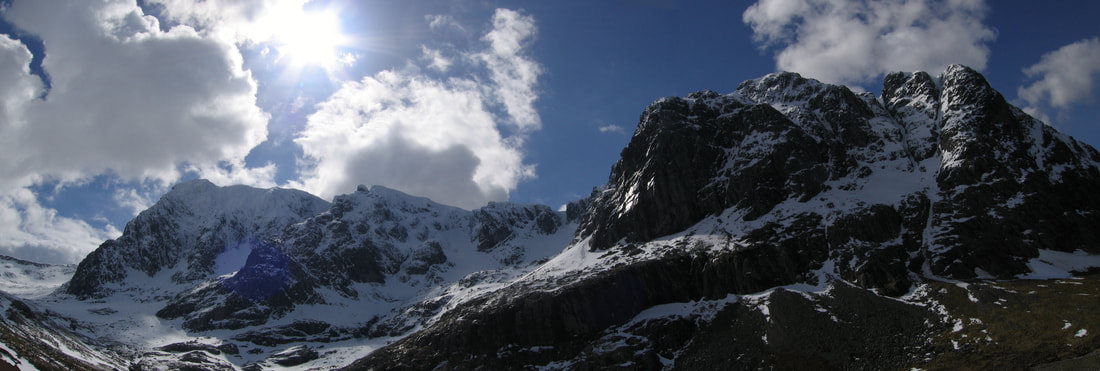
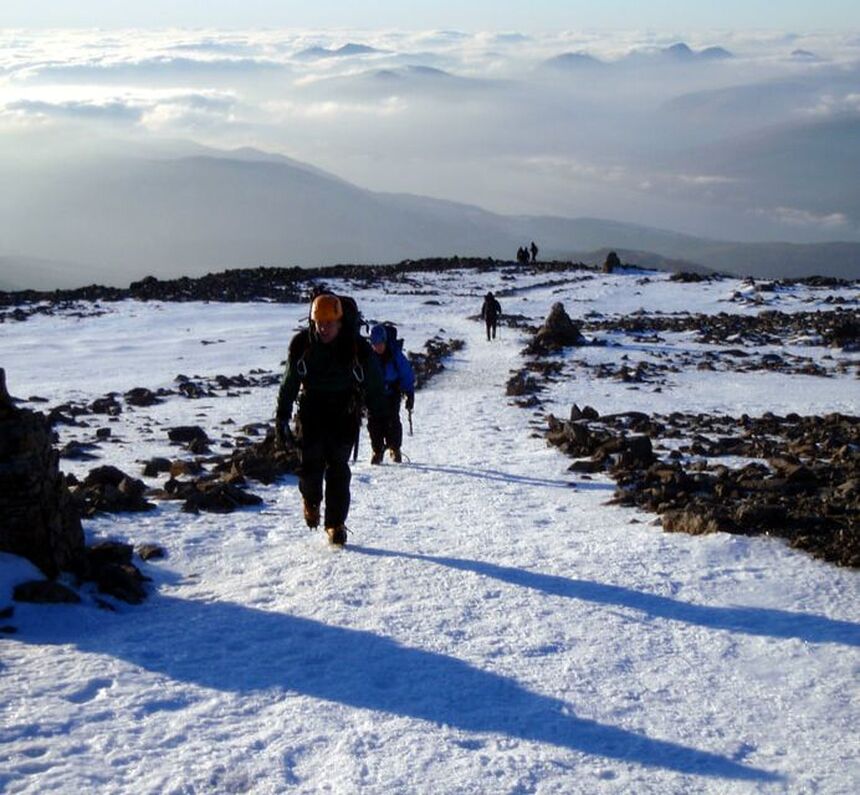
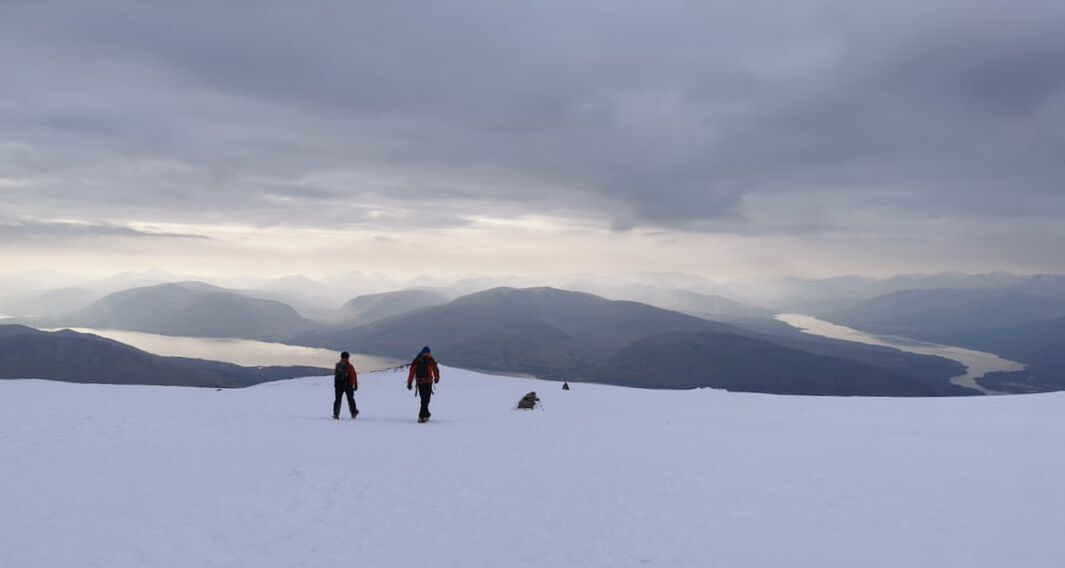

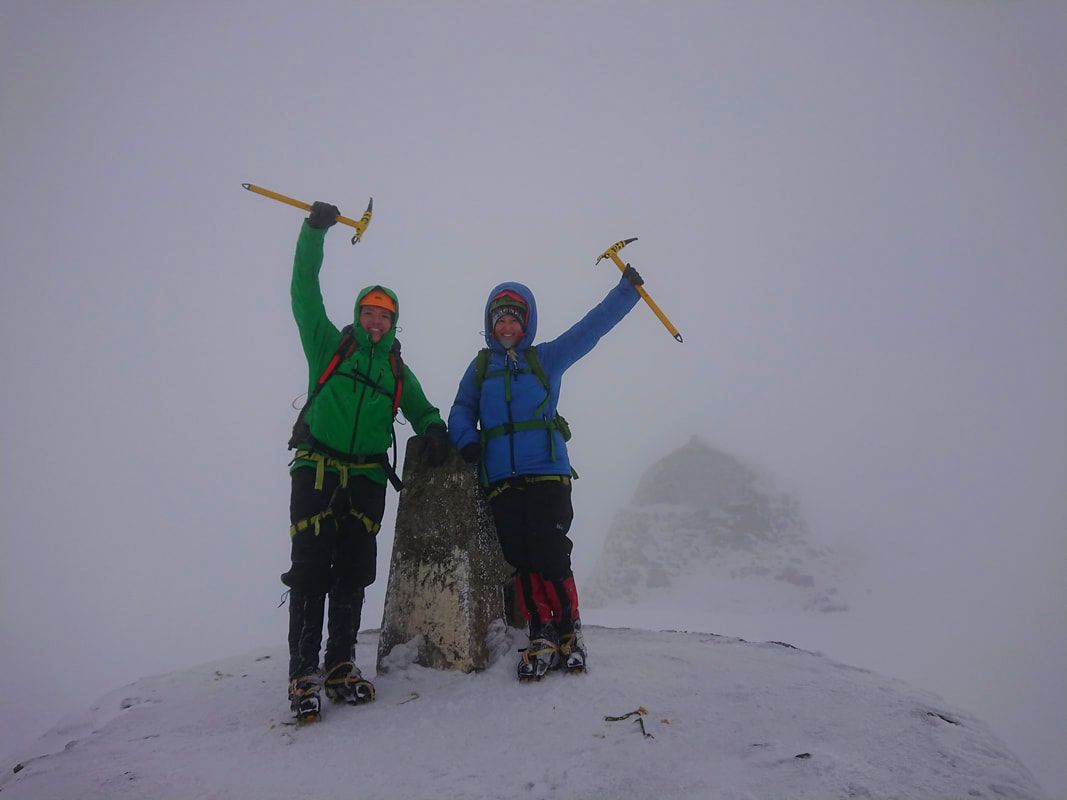
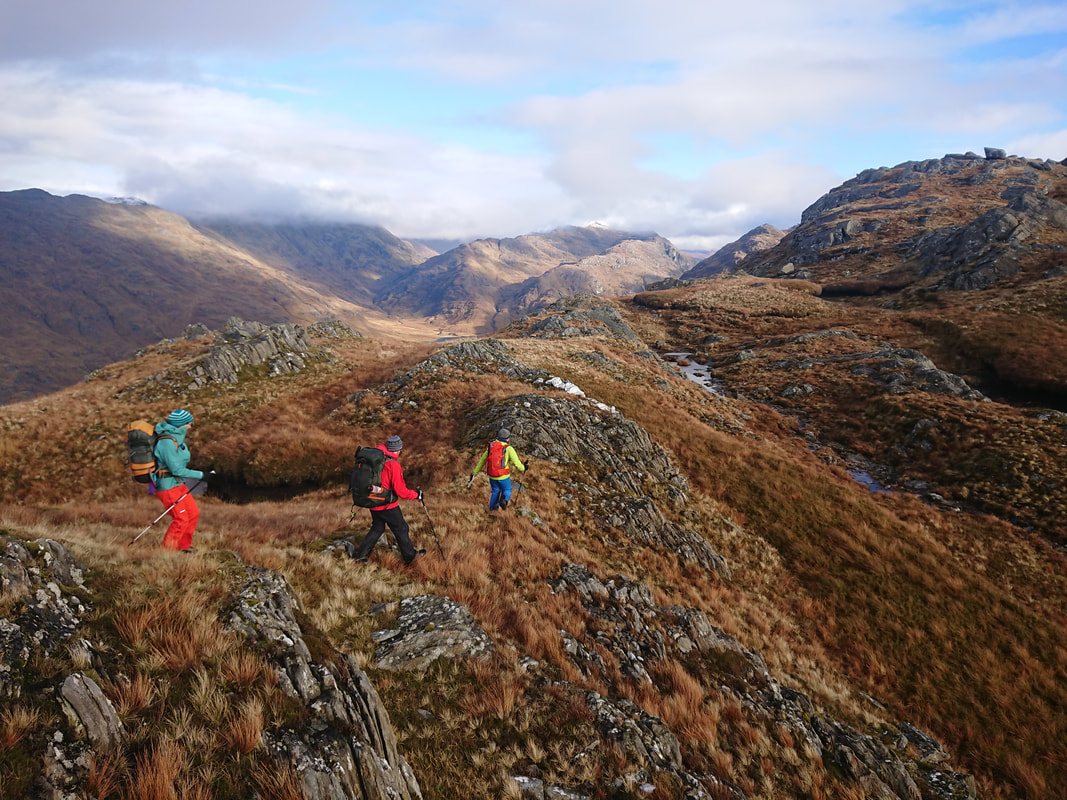
 RSS Feed
RSS Feed
